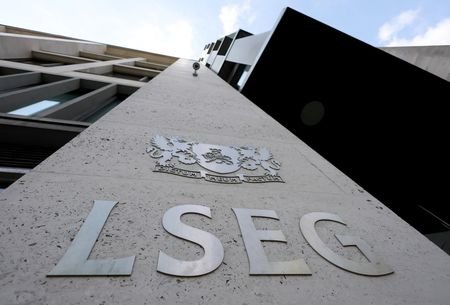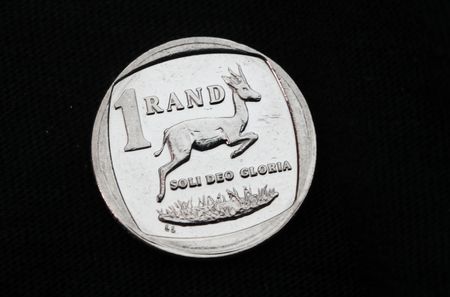By Ozan Ergenay and Ankur Banerjee
SINGAPORE/LONDON (Reuters) -The U.S. dollar fell on Tuesday, as investors deliberated over the chances of a Federal Reserve rate reduction next month following dovish comments from policymakers, while the Japanese yen remained on intervention watch.
On Monday, Fed Governor Christopher Waller said the job market was weak enough to warrant another quarter-point rate cut in December, though action beyond that depended on a flood of data that was delayed by the federal government shutdown.
Waller’s comments followed similar remarks by New York Fed President John Williams on Friday.
Traders are now pricing in an 81% chance of a cut next month, up from 42% a week earlier, CME FedWatch showed. That huge swing underscores the challenge the market faces in pricing in near-term rates in the absence of economic data, due to the longest-ever U.S. government shutdown, which ended on November 14.
Thus far, the sudden shift in rate-cut wagers has had a limited impact on the dollar. The euro last bought $1.1540, up 0.28%, while sterling was up around 0.37% at $1.3153.
The U.S. dollar index, a measure of the greenback against its major counterparts, fell 0.15% at 100, after remaining stable and holding onto its gains from last week when the index rose nearly 1% in early trading.
Francesco Pesole, currency analyst at ING, said some “year-end rebalancing flows before Thanksgiving may be getting in the way” of the dollar weakening.
However, he added in a note to clients, “unless markets have a hawkish rethink, the dollar looks too strong relative to short-term rate differentials at these levels, and we see some material downside risks.”
Fed officials remained divided on what might come next as the central bank still lacks a full suite of data.
Investor sentiment was also lifted by improved signs in the U.S.-China relationship. President Donald Trump said relations with China were “extremely strong” on Monday following a call with Chinese President Xi Jinping.
YEN-WATCH HERE TO STAY
The Japanese yen, which has been on the defensive since hitting 10-month lows last week, picked up strength on Tuesday, leaving the dollar down 0.47% at 156.175 per dollar.
Investors have been waiting for any signs of official buying from Tokyo to support the Japanese currency, which has weakened by nearly 10 yen since the start of October after fiscal dove Sanae Takaichi took over as Japan’s prime minister.
Pesole said thinner liquidity around Thanksgiving could present good conditions for the BoJ to intervene in USD/JPY, ideally after a market-driven correction in the pair.
“U.S. data might potentially offer the trigger for that correction, but not today in our view,” he added.
U.S. retail sales and producer prices data are due to be released later on Tuesday.
Elsewhere, the dollar fell 0.3% against the Chinese yuan to 7.0825 in the offshore market while the New Zealand dollar eased to $0.5595, having slid more than 2% this month ahead of an expected rate cut from the Reserve Bank of New Zealand on Wednesday.
In cryptocurrencies, bitcoin remained under pressure and fell 1.7% to $87,293.82. It is down nearly 20% this month.
(Reporting by Ozan Ergenay in London and Ankur Banerjee in Singapore; Editing by Peter Graff and Louise Heavens)









